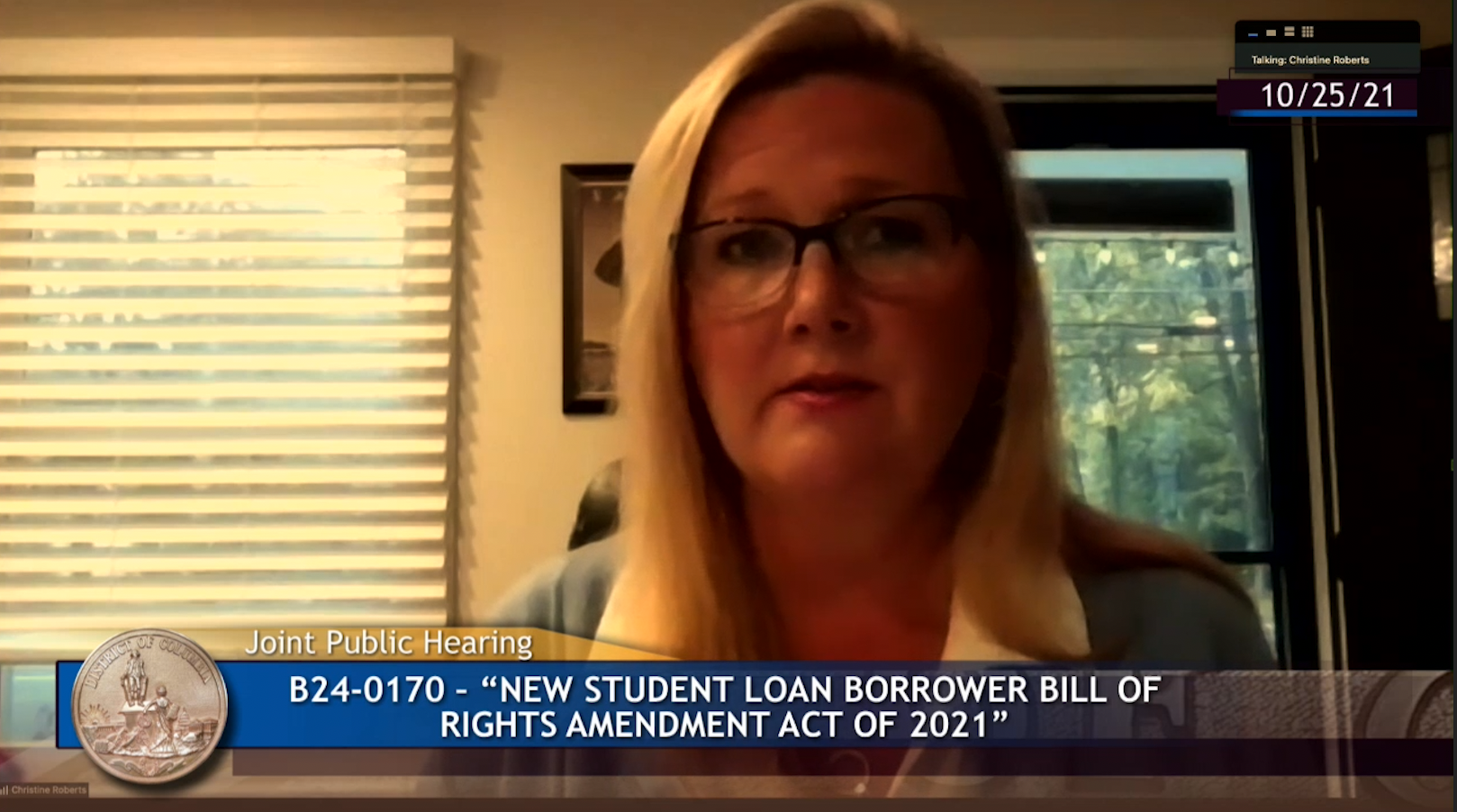CBA: Student Loan Bankruptcy Reform Efforts Fail To Address Root Cause Of Debt Crisis

WASHINGTON – In a new letter sent to the U.S. Senate Committee on the Judiciary, Consumer Bankers Association President and CEO Richard Hunt expressed caution around efforts to change bankruptcy treatment for student loans, which would increase the cost of credit for future borrowers and fail to address the root cause of the student lending crisis in America today – unrestrained federal lending without clear disclosures or consideration for a borrower’s ability to repay.
The student loan market is overwhelmingly dominated by the federal government, with 92 percent of the $1.73 trillion in outstanding student debt stemming from U.S. Department of Educations loans. In the letter, Hunt identifies the stark contrast in outcomes between these loans and the remaining eight percent of private loans extended by banks:
“Publicly available data shows that most private student loan borrowers are successfully keeping up with their payments with less than 2 percent of loans defaulting annually and a significant majority of borrowers are already back to making regular payments following the initial impact of the COVID-19 pandemic.”
Efforts to treat privately issued student loan debt the same as other types of private debt in bankruptcy court fail to recognize student loans, both private and federal, can already be discharged through bankruptcy. Highlighting current law and the impact these efforts would have on forgiveness, Hunt states:
“Borrowers must demonstrate ‘undue hardship’ to themselves and their dependents for a court to discharge student loan debt. The Courts have a well-established and respected precedent for how borrowers must demonstrate this hardship, and current bankruptcy reform efforts could negatively impact the current process of forgiveness available to borrowers.”
Further, as Hunt explains, these efforts would increase costs for new borrowers without addressing the question of college affordability and the role unrestrained federal lending plays in fueling skyrocketing higher education costs:
“While changing the bankruptcy treatment for student loans may provide relief to a small number of borrowers currently in repayment, it would increase the cost of credit for new borrowers. Changing bankruptcy rules just for private loans would not address the root cause of the student debt crisis, which is overwhelmingly driven by federal lending. […] Any changes to current law must be equally cautious, comprehensive, and bipartisan.”
To read Hunt’s full letter, click HERE.
Background
Over the last decade, CBA has been a leading advocate for higher education lending reforms to address the root causes of rising student debt and higher education costs. Learn more about CBA’s work to help students and families responsibly finance their higher education here and below:
Last week, Consumer Bankers Association President and CEO Richard Hunt outlined the need to reimpose limits on unrestrained federal student lending in a letter to U.S. Senate Banking Subcommittee on Economic Policy.
In April, Hunt sent a letter to Senators Scott and Manchin, expressing CBA’s strong support for the bipartisan Student Loan Disclosure Modernization Act, which would help streamline disclosure requirements and clearly explain the costs and terms of the federal student loan specific to the individual borrower.
Last month, Hunt sent a letter to the House Committee on Education and Labor advocating for needed changes to federal student loan applications in advance of Secretary Cardona’s testimony on Capitol Hill.



